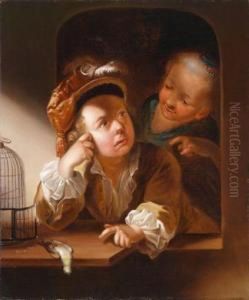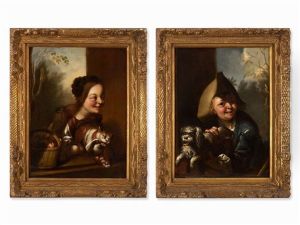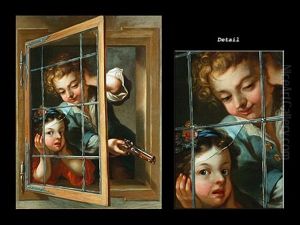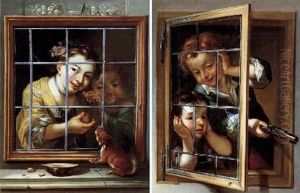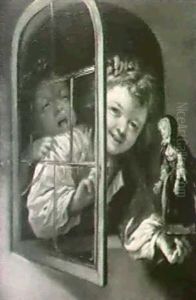Nicolaus Treu Paintings
Nicolaus Treu, also known as Nicholas Treu, was a German painter and etcher born in 1621 in the city of Mainz, which at the time was part of the Holy Roman Empire. His artistic career is less documented than those of his more famous contemporaries, which means that many details about his life and work are shrouded in uncertainty or lost to history. However, it is known that Treu was active during the Baroque period, a time characterized by dramatic expression and grandeur in the arts.
Treu’s body of work included religious themes, which were common in the Baroque era, reflecting the intense spirituality and the Counter-Reformation themes of the time. His style would have likely incorporated the dynamic movement and clear detail that were hallmarks of the period. Although specific works by Treu are not widely cited or recognized in the canon of art history, his contributions would have been part of the broader tapestry of Baroque artistic output in Germany.
Nicolaus Treu passed away in 1662. The exact circumstances of his death are not well-documented, just as many particulars of his life remain obscure. Despite his relative obscurity, Treu's existence as an artist during the Baroque period contributes to our understanding of the era’s artistic diversity and the range of artists working outside the most renowned circles. His legacy, like that of many artists of the time, is a reminder of the rich and complex history of art that extends beyond the most celebrated figures.

